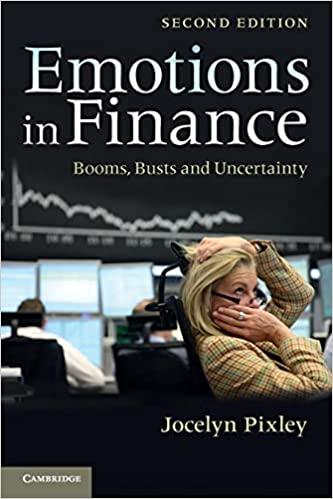A pension fund manager is considering three mutual funds. The first is a stock fund with an expected return of 20% and a standard deviation
A pension fund manager is considering three mutual funds. The first is a stock fund with an expected return of 20% and a standard deviation of 30%, the second is a long-term government and corporate bond fund with an expected return of 12% and a standard deviation of 15%, and the third is a T-bill money market fund that yields a rate of 8%. The correlation between the stock and bond fund returns is .10.
(a) What are the investment proportions in the minimum-variance portfolio of the two risky funds, and what is the expected value and standard deviation of its rate of return?
(b) Tabulate and draw the investment opportunity set of the two risky funds. Use investment pro- portions for the stock fund of 0% to 100% in increments of 20%.
(c) Draw a tangent from the risk-free rate to the opportunity set. What does your graph show for the expected return and standard deviation of the optimal portfolio?
(d) Solve for the proportions of each asset and for the expected return and standard deviation of the optimal risky portfolio
(e) What is the Sharpe ratio of the best feasible CAL?
(f) You require that your portfolio yield an expected return of 14%, and that it be efficient, on the best feasible CAL.
i. What is the standard deviation of your portfolio?
ii. What is the proportion invested in the T-bill fund and each of the two risky assets?
(g) If you were to use only the two risky funds, and still require an expected return of 14%, what would be the investment proportions of your portfolio? Compare its standard deviation to that of your optimized portfolio from the last part. What do you conclude?
Step by Step Solution
There are 3 Steps involved in it
Step: 1

See step-by-step solutions with expert insights and AI powered tools for academic success
Step: 2

Step: 3

Ace Your Homework with AI
Get the answers you need in no time with our AI-driven, step-by-step assistance
Get Started


